Streaming 2.0: Revolution or Money-Making Machine for the Big Players?
Pay more for music? Streaming 2.0 Could Make It Possible!
The term Streaming 2.0 describes a fundamental shift in music streaming that is being driven by major labels such as Universal Music Group (UMG). While streaming services have been focused on attracting as many subscribers as possible, the focus is now on maximizing revenue per user. This evolution is based on new monetization models that focus on superfans, exclusive content, and additional services. But who does this system ultimately benefit? Certainly not the consumer.
Spotify, Amazon Music and the Major Labels are Betting on Streaming 2.0
At the same time, these new models are intended to open up new markets such as China, Brazil and Mexico through geographic expansion and to increase the loyalty of existing subscribers through differentiated subscription models. UMG estimates that there could be more than one billion paid music subscribers by 2028, underscoring the economic potential of Streaming 2.0. That sounds like a lot of subscription revenue, but where will it go?
A central aspect of this strategy is the “artist-centric” approach, which aims to concentrate streaming revenues on established artists. UMG and other major market players argue that this is to counteract streaming fraud through AI-generated music and fake streams. Critics, however, fear that independent artists and newcomers will be disadvantaged by this change, as the system gives the big labels a larger market share. And that sounds pretty logical.
Exclusive Content & New Subscription Models: What Fuels Streaming 2.0
Some platforms, such as Deezer or Amazon Music, are already implementing the first elements of this new structure. These include personalized subscription levels or new promotional features that favor top artists. Through strategic partnerships with (recently) Amazon Music and Spotify, UMG is also securing exclusive deals that may limit access to certain artists and content for paying users.
Another way to increase revenue is to introduce new premium models. For example, UMG is planning a “super-premium” subscription with Spotify that could include exclusive content, higher audio quality and possibly special event offers. Initial tests show that concerts or music films by superstars could be available only on certain platforms in the future, a principle already established in video streaming.
The Weeknd’s concert film, available exclusively on Spotify, could be a harbinger of things to come. Amazon Music is also working to expand its catalog by partnering with UMG, which could mean that certain artists will only be available to stream from them in the future. And for consumers, this means that they will have to take a multi-pronged approach, i.e. take out multiple subscriptions in order to be “allowed” to listen to their favorite music. Is this streaming 2.0? Probably not.
The Bottom Line
In the long run, the streaming ecosystem may evolve in a direction where music is no longer equally available everywhere, but fragmented by exclusive partnerships and premium subscriptions. While major labels and platforms benefit from this model, independent artists may find it more difficult to compete in the streaming market.
It remains to be seen whether Streaming 2.0 is truly a step forward for all involved, or just another step towards commercial control of the music industry. What is certain is that the music industry is heading into a new era in which fan loyalty, monetization and the role of platforms will change dramatically. Somehow we always long for the days of vinyl, CDs and cassettes – what do you think?
More Information
3 responses to “Streaming 2.0: Revolution or Money-Making Machine for the Big Players?”

 4,2 / 5,0 |
4,2 / 5,0 | 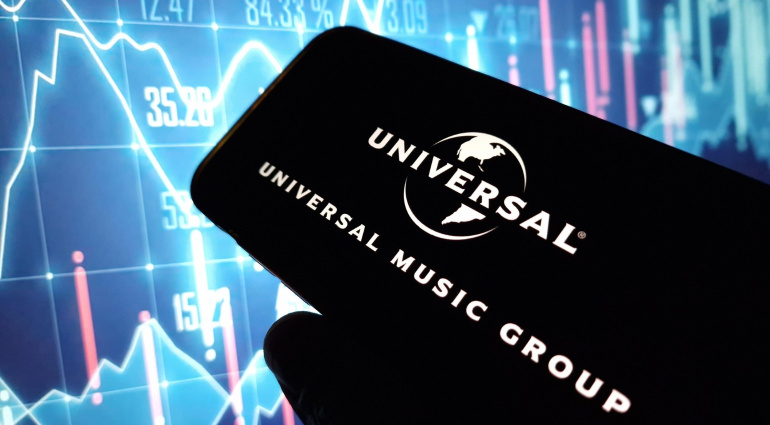

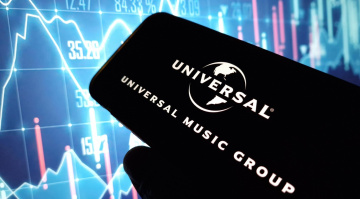

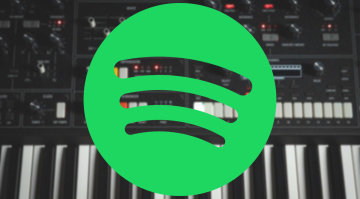
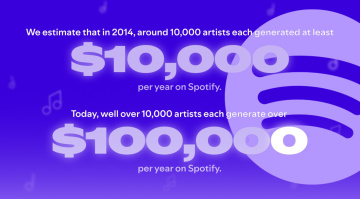

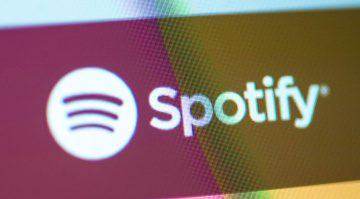
> But who does this system ultimately benefit? Certainly not the consumer.
Certainly? Music corpos are as greedy as ever but paying 10 or 20 bucks a month for an access to almost all music ever made isn’t such a bad deal. You wouldn’t be able to buy even one new CD or LP for that.
The real problem is that mega stars will get even bigger slice of the pie now and they already get a lot, while popular-but-not-so ones struggle to make a living.
Easy. Don’t stream anything. Not music, TV or film. Use physical media. If The corporations won’t supply it, steal it. Support new unsigned artists. Go to gigs, buy merch and media.
Don’t be sheep, waiting to be fleeced.
We’ve watched the rise of streaming video prices get hit hard by pirate IPTV services, this will be no different. Once the consumer realizes he’s paying more for less, there will inevitably be a backlash and a workaround.
Cable TV systems kept rising how much they cost and in the process brought about the entire internet TV Revolution as a response. Spotify need to be able to sit back and say ‘that’s enough, we’re billionaires already, let’s not kill the golden goose’.
Of course, for the 1% there is no such thing as ‘enough’.